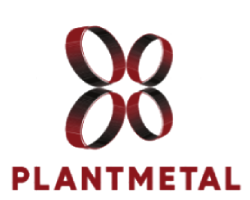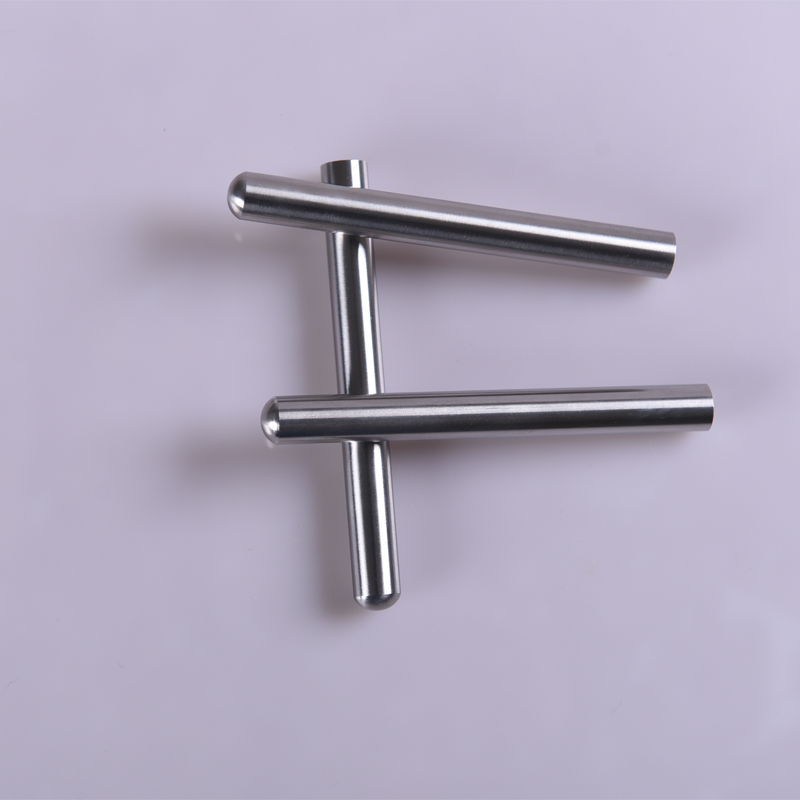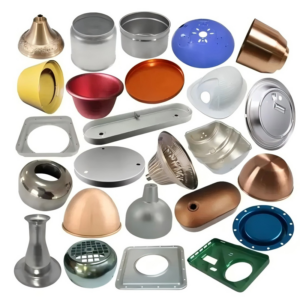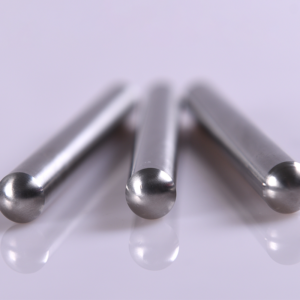Overview
The SUS304 drawn shell is a high-quality, precision-engineered component made from SUS304 stainless steel, renowned for its excellent corrosion resistance and durability. Manufactured through a drawing process, this shell is shaped to meet specific design requirements with high accuracy and strength. It is ideal for applications where robust protection and reliability are essential, such as in enclosures, housings, and protective covers in industries like automotive, electronics, and manufacturing. The SUS304 material ensures long-lasting performance in even the harshest environments.
Basic Information
– Surface Treatment: Electroplating
– Forming Process: Metal Stamping Parts
– Surface Finish Options: Nickel Plating, Sn Plating, Tin Plating, Zinc Plating
– Sample Availability: Available
– Tolerance: ±0.001 mm
– Size: Customizable as per requirement
– Application: Industrial, Furniture, Automotive, Motorcycle, etc.
– Manufacturing Approach: Metal Stamping, Cutting, Punching, Bending, Welding
– Transport Packaging: OPP Bag, Box, or Custom
– Specification: Customized
– Origin: Xiamen, China
Surface Treatments for Metal Stamping Parts
-
Electroplating
– Description: A process that deposits a layer of metal onto the surface of the part using an electric current. Commonly used for improving corrosion resistance and enhancing appearance.
– Types: Nickel plating, chrome plating, zinc plating.
-
Powder Coating
– Description: A dry coating process where powdered paint is electrostatically applied and then cured under heat. It provides a durable, high-quality finish with excellent resistance to scratches, chipping, and fading.
-
Anodizing
– Description: An electrochemical process that converts the surface of aluminum into a durable, corrosion-resistant layer. Anodizing also enhances appearance and can be dyed in various colors.
-
Plating
– Description: The application of a thin layer of metal to the surface of the part to improve wear resistance, reduce friction, or provide an aesthetic finish.
– Types: Tin plating, copper plating.
-
Spraying
– Description: A method where paint or protective coating is sprayed onto the part’s surface. This process is used for both aesthetic and protective purposes, offering a wide range of colors and finishes.
-
Oxidation
– Description: A chemical treatment that forms a protective oxide layer on the surface of metals, such as steel. It improves corrosion resistance and can provide a unique aesthetic finish.
-
Polishing
– Description: A mechanical process that smooths and shines the surface of the part. Polishing removes imperfections and enhances the visual appeal of the metal.
-
Sandblasting
– Description: A process that uses high-speed abrasive particles to clean or roughen the surface. It prepares the surface for further treatments or provides a textured finish.
-
Passivation
– Description: A treatment process that enhances the natural oxide layer on stainless steel to improve corrosion resistance. It involves soaking the part in a solution that removes free iron and other contaminants.
The Production Process for Our Metal Stamping Parts:
-
Order Receipt and Drawing Review
– Receive and review customer orders, including technical drawings in formats such as DXF, IGS, STEP, or PDF.
-
Design Confirmation
– Confirm design details with the customer to ensure accuracy before production begins.
-
Material Preparation
– Select and prepare metal sheets according to the required specifications.
-
Precision Cutting
– Utilize laser cutting and CNC shearing to cut metal sheets to precise dimensions.
-
Forming and Shaping
– Perform bending, punching, and stamping to achieve the desired shapes and features.
-
Welding and Riveting
– Join metal components using advanced welding techniques and riveting.
-
Surface Treatment
– Apply necessary surface treatments, including plating and spraying, to enhance durability and appearance.
-
Assembly and Quality Control
– Assemble the components and conduct rigorous quality checks to ensure adherence to specifications.
-
Packaging and Shipping
– Package finished parts securely and manage logistics for timely delivery to the customer.
-
After-Sales Support
– Provide ongoing support and address any post-delivery issues to ensure customer satisfaction.











